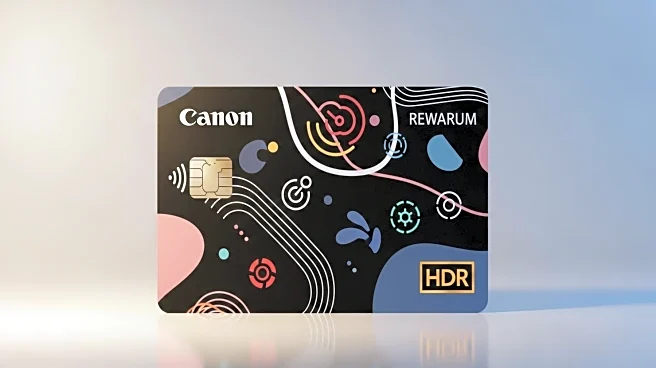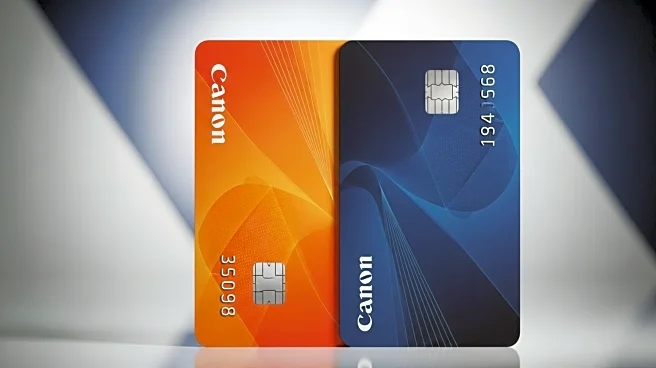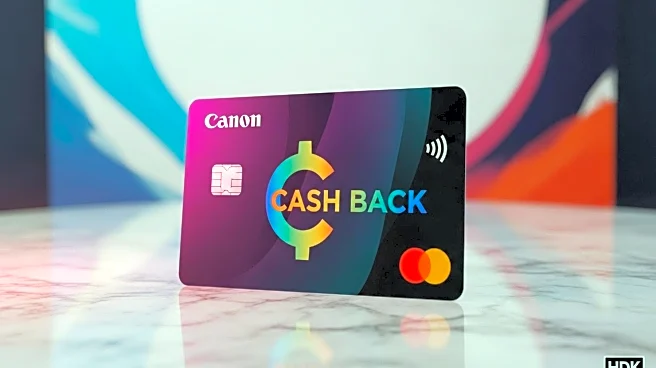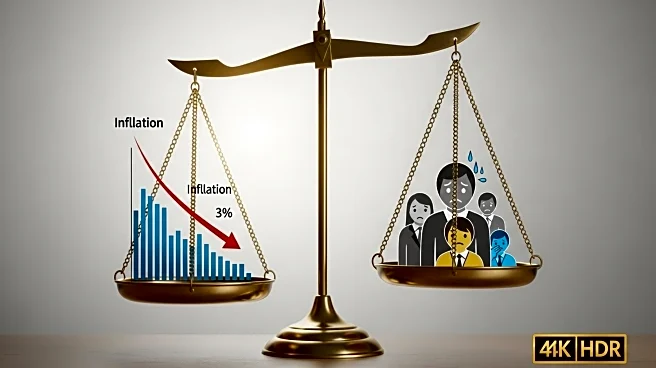What is the story about?
What's Happening?
A comparison between the Discover it Student Cash Back and Capital One Savor Rewards for Students credit cards highlights the differences in rewards and benefits offered to students. The Discover card provides 5% cash back on rotating categories, while the Capital One card offers a flat 3% cash back on groceries, dining, entertainment, and streaming services. Both cards have no annual fees and offer welcome bonuses, with Discover matching cash back earned in the first year and Capital One providing a $50 bonus after spending $100 in the first three months. The choice between these cards depends on spending habits and preferences for fixed or rotating reward categories.
Why It's Important?
Choosing the right student credit card can significantly impact a student's financial management and credit-building journey. The Discover it Student Cash Back card offers higher potential rewards through rotating categories, appealing to students with diverse spending habits. In contrast, the Capital One Savor Rewards card provides consistent rewards in specific categories, making it suitable for students with predictable spending patterns. Understanding these differences helps students make informed decisions that align with their financial goals, potentially leading to better credit scores and financial literacy.
What's Next?
Students considering these credit cards should evaluate their spending habits and financial priorities to determine which card best suits their needs. As both cards offer straightforward redemption options and no foreign transaction fees, students can benefit from using these cards for everyday expenses and travel. Additionally, responsible use of these credit cards can help students build credit history, which is crucial for future financial opportunities. Students should also stay informed about any changes in card terms or rewards programs to maximize their benefits.
Beyond the Headlines
The comparison between these student credit cards underscores the importance of financial education and literacy among young adults. As students navigate credit card options, understanding the implications of interest rates, fees, and rewards can empower them to make sound financial decisions. This knowledge is essential for developing responsible credit habits and avoiding common pitfalls such as debt accumulation. The availability of student-specific credit cards reflects a broader trend in the financial industry to cater to younger consumers, highlighting the need for targeted financial education initiatives.
AI Generated Content
Do you find this article useful?













